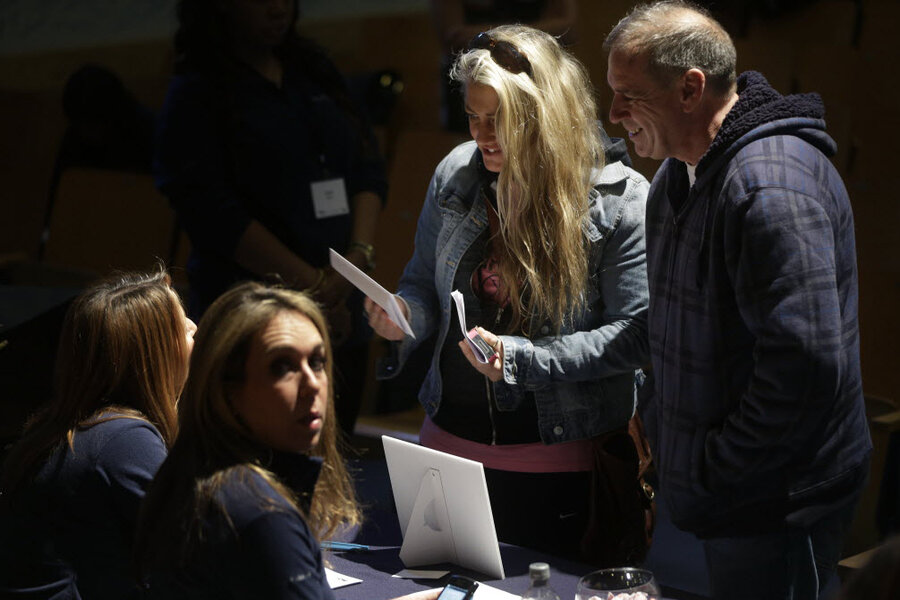After the media hype, clergy members remain to aid Superstorm victims
Loading...
| Jackson Township, N.J.
Long after the media leaves and the federal agencies move out, the emotional and spiritual needs of the superstorm victims could remain.
A group of clergy members recently organized two events designed to help inspire and prepare local volunteers to address those needs.
"We really believe it is important to come and empower the local organization and agencies who know their communities better and have a heart for their community," the Rev. Doug Stringer, founder and president of Houston-based Somebody Cares America/International, told the Asbury Park Press of Neptune.
Stringer spoke to about 30 local clergy and volunteers Wednesday at the Hope Cathedral Church in Jackson about how they can help people impacted by Superstorm Sandy.
Stringer said typically people impacted by events such as Sandy show signs of emotional distress, which includes an inability to sleep, depression and restlessness.
"In trying to help them, we try and stress that there is no shame in seeking out help and that they are not going through this alone," he said.
Stringer was among the special guests who came out for a Sandy healing service held at the Hope Cathedral on Wednesday night and took part in Thursday's workshops, which centered on topics such as verbal first aid and caring for the caregiver.
Chaplain Edward Smith, a counselor at the event from Victim Relief Ministries, spoke about having visited Haiti following a major storm.
"The Haitian pastors felt distress themselves," he said.
Stringer said representatives of area church groups in Ocean, Monmouth, areas of southern New Jersey and New York attended the program.
"We found in 20-plus years working in disasters, the first phase of any crisis is food and shelter and medical attention and short- and long-term housing. One area that is neglected is grief and trauma, which is a long-term process," he said.
In addition to the Jackson visit, Stringer and other volunteers will hold services, grief counseling and mentoring workshops this week in Queens and Staten Island.
Gene Grounds, another counselor from Victim Relief Ministries, said during Wednesday's healing service that "our ministry is designed to recruit, train and deploy volunteers to work with people in crisis."
He said the grief counseling workshops also assist local clergy and volunteers to help people suffering from a personal crisis and not just major events such as Sandy.
"There is always life beyond our circumstances," Stringer said. Catastrophic events such as Sandy allow for people "from preachers to politicians to have a revival of character and to get back to basics of what we're supposed to do, which is helping people."
Information from: Asbury Park (N.J.) Press, http://www.app.com





